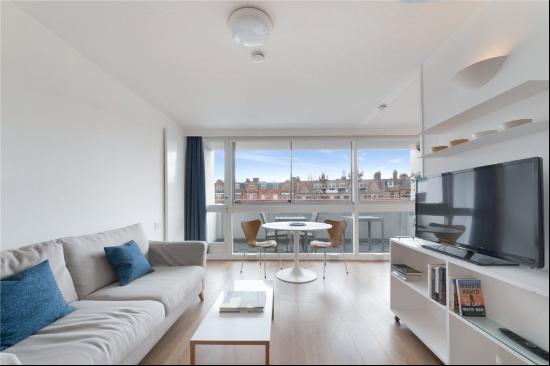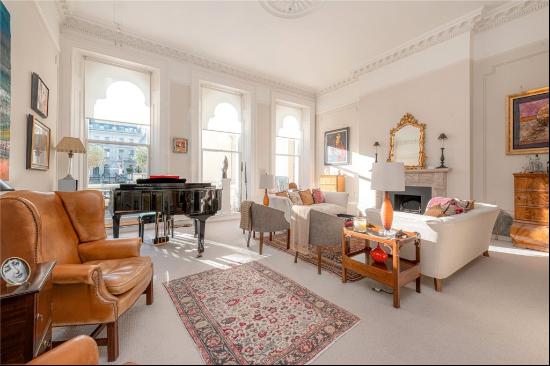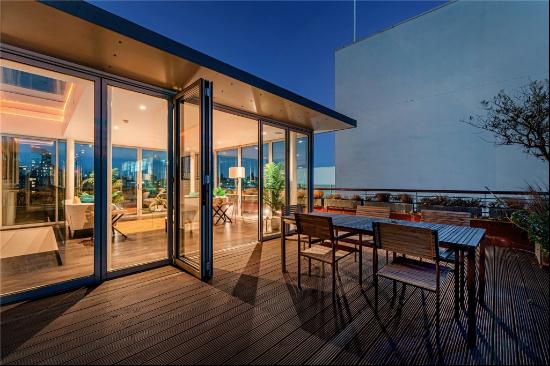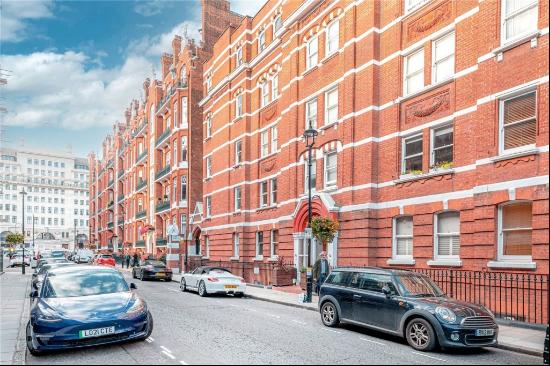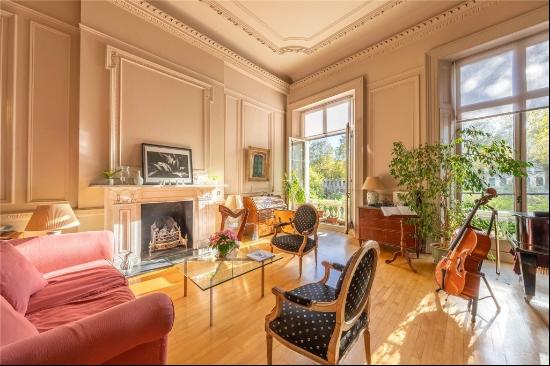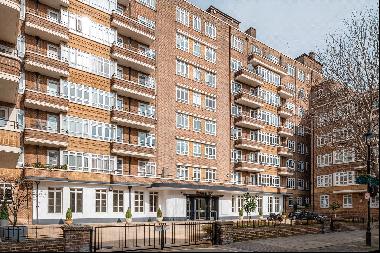
By Adrian Justins
Setting up a smart home can be a daunting prospect and there are many pitfalls to be aware of. In the first part of this series, we focused on using a professional custom installer. Here, we look at the alternative: doing it yourself.
Taking the professional route requires more money and will often involve routing cables through walls and ceilings. Installing smart devices yourself can be a lot more straightforward — most will use wireless communication and many will have battery power rather than mains, but some devices will still need fixing permanently into position. Unfortunately, setting up is more complex than simply plugging in your new gadgets and sitting back as they monitor your energy usage or tell you who is at the door.

The best approach is to start by adding one or two devices at a time. This will allow you to get used to the process and how devices communicate. Setting up usually requires a fair chunk of time to download a different app for each product and add devices to your WiFi network. (Top tip: make sure your phone’s operating system is up to date.)
Not all products use WiFi for wireless communication. Alternatives include Bluetooth, Zigbee, Z-Wave and Thread. Uniquely, the latter doesn’t require a hardware controller (commonly called a hub or bridge) — Thread devices can “talk” directly with one another via the internet but using a radio frequency.
It is possible to use smart home devices made by several different brands — Nanoleaf smart lights with Arlo security cameras, a Google Nest thermostat and an Amazon Ring doorbell, for example. But rather than taking a product-led approach, it may make more sense to choose a smart home control platform (or ecosystem) that will make it easier to synchronise and add more devices.
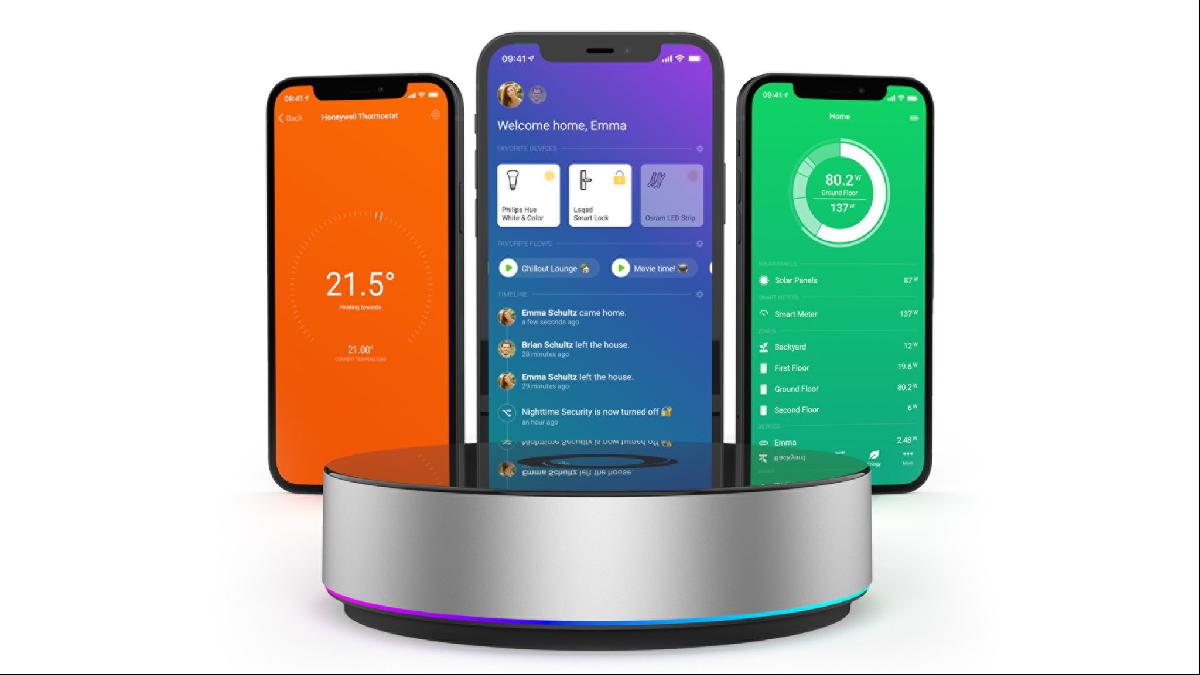
There are four main ecosystems: Amazon Alexa, Google Home, Apple HomeKit and Samsung SmartThings (main image, top). They all communicate wirelessly with individual smart devices using a hub, allowing you to control multiple gadgets via a single app on your phone. Google and Samsung make dedicated hubs (Google Nest Hub and Samsung SmartThings hub respectively) but, like Amazon and Apple, they also offer smart home controllers that are built into other devices. These include smart speakers (Amazon Echo, Google Nest, Apple HomePod), smart displays (Amazon Echo), streaming devices (Amazon Fire TV Cube and certain Apple TVs) and iPads that can work as a HomeKit hub. Some Samsung televisions and fridges can act as SmartThings hubs.

There are ways to bypass single-ecosystem restrictions. There are ways to bypass single-ecosystem restrictions. One is with Homey Bridge, a hub (priced at £69) that is compatible with all the main control platforms. Operated using a subscription-free app, Homey Bridge does require a monthly fee of £2.99 for systems with more than five smart devices. Alternatively, this year, thanks to a new universal standard called Matter, many devices are being updated with software that makes them compatible with the other main platforms. Someone who has an Apple HomeKit system, for example, could control a Google Home camera from within the Apple Home app.
While many existing smart home devices will be updated to make them Matter-compatible, older ones are unlikely to be updated, and the roll out has been slow. (Tech site The Verge has a list of all Matter devices here.) Matter uses Thread for multi-device communication so you will also need a device called a Thread border router, though increasingly Matter controllers/hubs are being sold with Thread routing built-in. However, reviews of the first Matter-enabled devices have found the set-up process complicated and even unreliable — it seems the promise of a friction-free smart home is not yet within reach.
In the next part of this series, we look at the differences between the ecosystems in detail and explain how automated routines work
Photography: Samsung SmartThings; Apple; Homey; Nanoleaf







